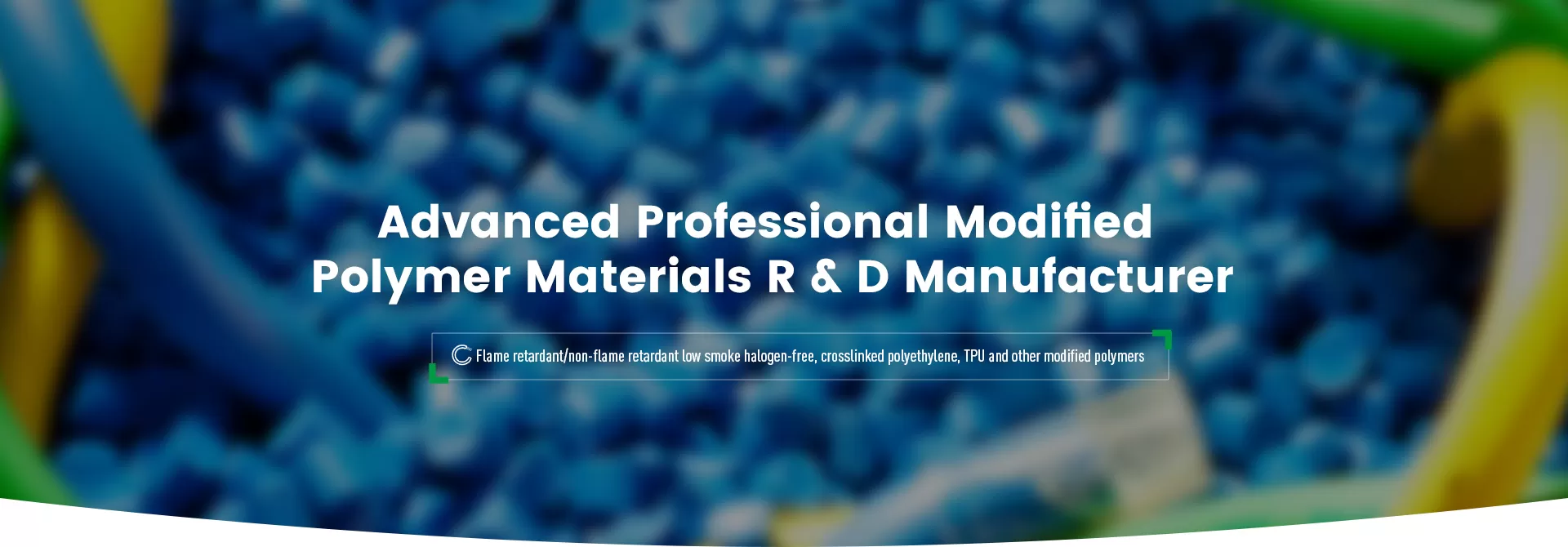
The rapid global adoption of electric vehicles (EVs) and hybrid vehicles has driven the demand for specialized materials, with polyurethane electric vehicle safety solutions playing a crucial role. Polyurethane materials have become dominant in EV structures due to their excellent mechanical properties, flame retardancy, and thermal management capabilities. Polyurethane EV safety applications cover battery modules, battery packs, and full battery systems, enhancing electric vehicle battery protection and improving overall safety.
Applications of solutions for ev battery include:
·Potting, encapsulation, and sealing of battery cells
·Adhesive solutions for battery modules or ev battery pack
·Thermally conductive adhesive formulations for thermal management in EV batteries
·Bonding systems for securing battery cells to heat-conductive plates
·Shock-absorbing pads providing protection at a cell module level from mechanical impact and vibration noise vibration and harshness.
·Sealing and protecting battery casings
The role of polyurethane in electric vehicle safety comes from its exceptional material characteristics. Polyurethane systems are widely utilized across electric vehicle applications due to their outstanding performance and versatility. Key benefits include:
·Superior strength-to-weight ratio
·Durability, abrasion resistance, and the ability to withstand impact and vibration
·High resistance to oils, chemicals, moisture, and corrosion
·Strong adhesive properties, enhancing component stability
·Consistent performance across a broad operating temperature range
·Design and processing flexibility to meet complex needs
·Contribution to lowering the Product Carbon Footprint (PCF) for greater sustainability
Polyurethane foam plays a pivotal role in battery modules or packs, offering exceptional energy absorption, which enhances battery protection. By cushioning impacts during collisions, polyurethane EV battery applications reduce damage risks to battery cells. Additionally, flame retardant polyurethane materials prevent fire spread, boosting the overall safety of electric cars.
The use of polyurethane systems ensures effective thermal management. EV batteries generate significant heat during high-load operations, and polyurethane materials efficiently disperse this heat, keeping battery modules at optimal temperatures, prolonging lifespan, and maintaining safety.
In polyurethane EV safety applications, protecting battery modules is vital. Polyurethane foam fills voids between battery cells, stabilizing them against displacement during vibrations or impacts. This enhances the structural integrity of the battery pack and minimizes risks of short circuits or damage.
Battery pack assembly relies heavily on polyurethane sealing systems. These systems effectively block moisture and contaminants, preventing faults in battery modules. Additionally, they accommodate expansion and contraction, preserving the integrity of the battery pack casing.
Flame retardant polyurethane is essential to electric vehicle battery safety, significantly enhancing fire resistance within battery modules or packs. By integrating specialized flame retardants, polyurethane materials ensure reliable protection during thermal management failures or thermal runaway events.
Polyurethane foam is also applied as a lining material within battery pack casings, further strengthening fire resistance and preventing internal combustion, thus providing electric vehicle (EV) users with enhanced security.
Shockless polyurethane systems are critical to reducing the impact of vibrations on EV batteries. Continuous vibrations during vehicle operation can lead to poor connections or fatigue in battery modules. Shockless polyurethane systems minimize these effects by cushioning battery cells, preserving the structural integrity of the battery pack and reducing long-term wear.
Polyurethane materials offer a wide processing window and extra handling flexibility, allowing manufacturers to customize solutions that fit various battery modules and battery packs.
The lightweight nature of polyurethane systems aligns with efforts to reduce the weight of electric cars, enhancing efficiency and extending the driving range. Compared to metals or rigid plastics, polyurethane materials lighten the load on EV batteries while ensuring long-term performance and safety.
Modern electrical vehicles (EVs) and hybrid vehicles require materials that deliver weight reduction, durability, noise control, and improved energy efficiency. Polyurethane systems fulfill these demands through their thermal performance, elasticity, impact resistance, and superior bonding strength. Additionally, they offer outstanding chemical resistance, wear resistance, long-lasting durability,and cost effective.
The processing flexibility of polyurethane materials allows them to adapt to the complex assembly needs of electric vehicle battery systems. Their compatibility with thermally conductive compounds enhances thermal management in battery packs. By integrating with heat-dissipating components, polyurethane foam optimizes the performance and safety of EV batteries.